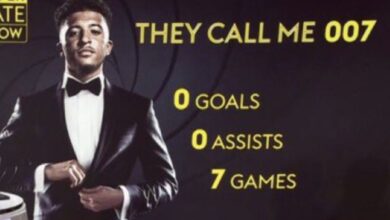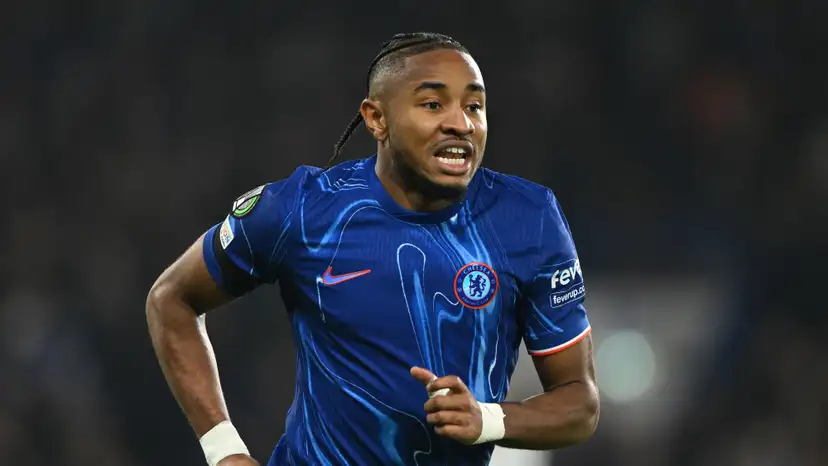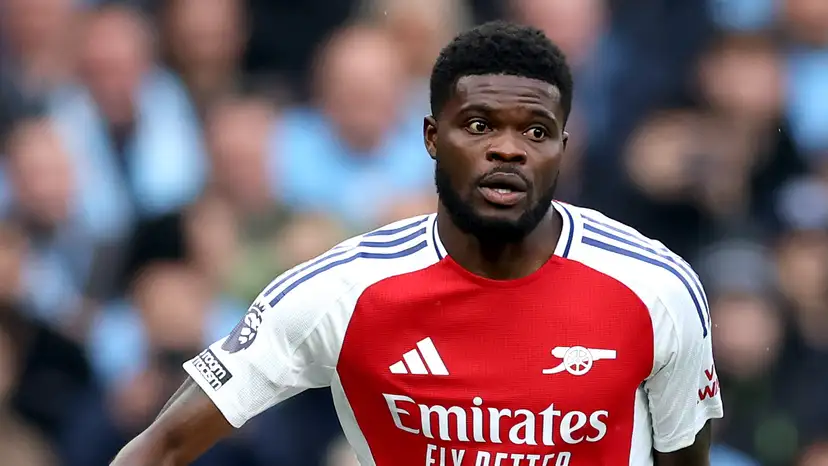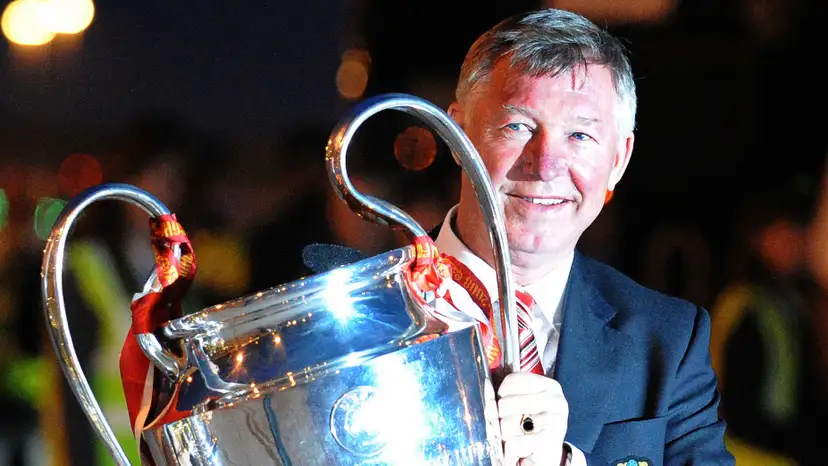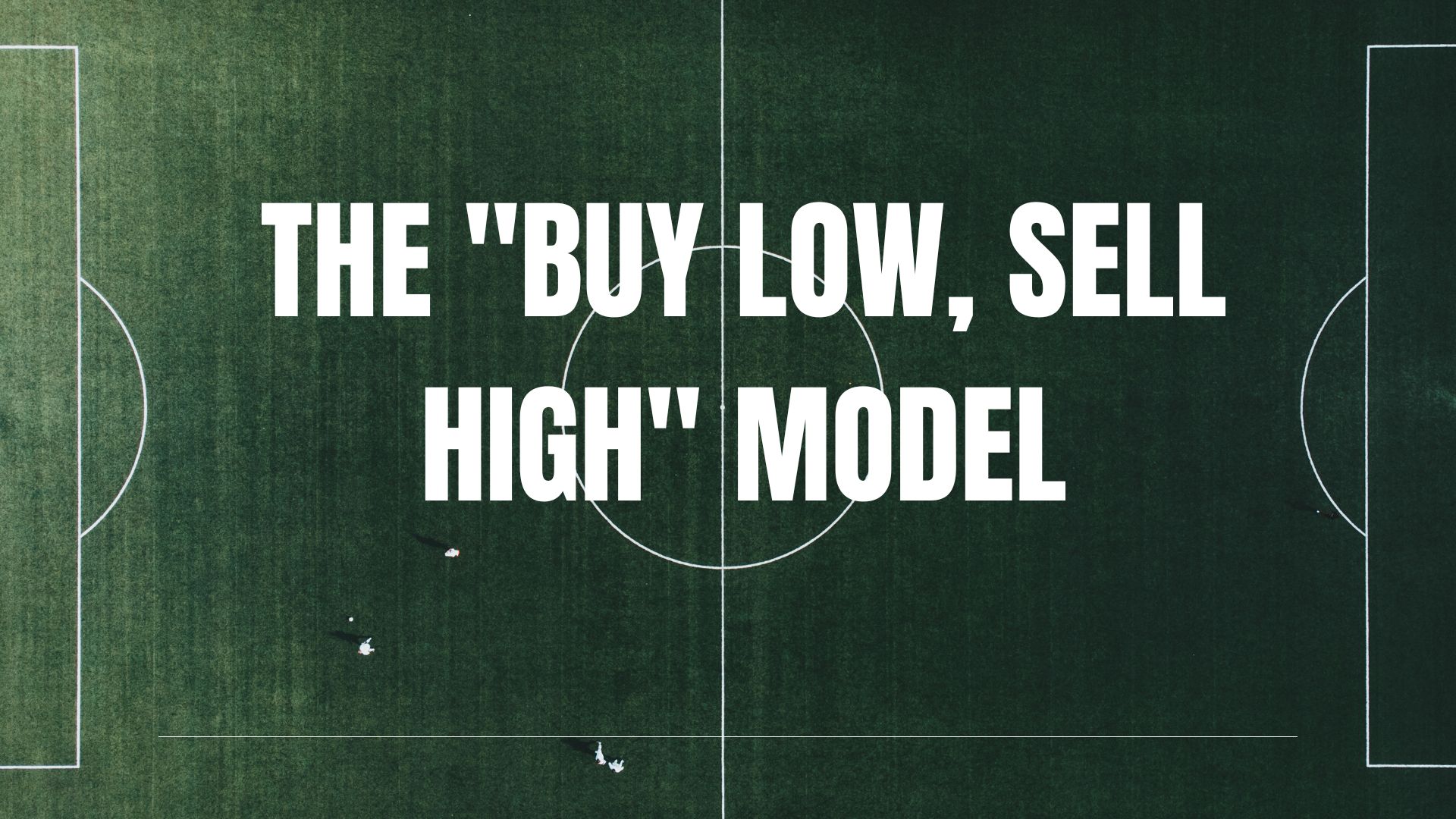
Football has always been about competition, but for most clubs, competing starts with staying alive financially. The richest sides can lean on broadcasting money, commercial deals, and deep pockets. Everyone else tends to rely on something far simpler, finding talents early, developing them fast, and selling them for a major fee. That is the Buy Low, Sell High model, and it is the economic backbone of modern football.
The idea is basic, but the execution is anything but. Clubs look for undervalued or underused players, give them minutes, polish their game, and move them on at the right time. For teams outside the top five leagues, or for mid-table sides within them, this is not a side project, it is the main way to keep the books balanced. Porto, Benfica, Ajax, Dortmund, Brighton, Lille, and plenty of others all lean on it because they do not have the luxury of turning down big offers. Selling well is part of their identity.
The model demands more than spotting a good player. It needs a strong scouting network, a clear development pathway, steady coaching, and the ability to judge the market perfectly. It also shapes the structure of the sport, some clubs produce the talent, and the biggest clubs consume it. Whether people like that or not, it is the system keeping the wider pyramid moving.
Buying low is not guesswork. It is a mix of smart recruitment, smart timing, and an eye for details the bigger clubs miss. The best BLSH teams know exactly where to look and what to look for.
Clubs spread their scouting far beyond the obvious markets. Scandinavia offers physically ready players who are still cheap.
Brazil and Argentina contain endless talent outside the big clubs. Eastern Europe and West Africa remain places where you can still find quality before the price rises. Porto and Benfica dominate South America. Ajax pick out profiles from Africa and Northern Europe.
Brighton uses data to spot players others have not finished evaluating yet. These networks exist because the top leagues are too expensive; the value is elsewhere.
The ideal target has the right traits: technical upside, athletic potential, good mentality, and preferably a contract situation that makes the deal possible. Clubs are not buying finished players, they are buying potential. They want a player they can improve quickly with the right coaching.
There is also the psychological angle. A lot of these players arrive with a point to prove , maybe they were ignored by a big academy, used incorrectly at their previous club, or stuck behind established starters. That hunger matters. Clubs know the difference between a talented player and a talented player who feels like he has something to correct.
Not every deal comes from spotting a gem. Some are simply good timing. Contracts expiring, disagreements over playing time, salary limits, or players wanting a stepping stone all bring the price down. Clubs that use BLSH well monitor these situations constantly.
Loan-to-buy deals are another smart tool. They allow clubs to try before fully committing. If the player adapts well, the option is triggered. If not, the downside is small. This is perfect for clubs operating on thin margins.
Of course, buying low comes with risk. Not every player develops. Some do not settle, some cannot handle the pace, and some struggle with system demands. But the model survives because one big success covers several failures. A single major sale can fund an entire year of recruitment.
Buying the right player is only half the job. The real profit comes from what happens next. Clubs that rely on BLSH treat development as their core business. Every training session, every minute on the pitch, every role the player learns is part of building value.
To make this work, clubs invest heavily in the areas that matter: strong coaches, detailed sports science, and environments built around improvement. Ajax and Benfica have been doing this for decades, turning raw talents into polished footballers. Dortmund’s pathway is clear: if you are young and good enough, you will play. Brighton have added a modern twist, using data and specialized scouting to shape how players train and adapt.
The manager is key. He has to trust young players, live with their mistakes, and give them real responsibility. That is how value grows. If a 19-year-old plays 25 league games, he is suddenly worth twice what he was six months earlier. Managers who panic after one bad performance simply cannot work in a BLSH system.
Physical development matters too. A technically gifted winger from South America still needs to adapt to the speed and intensity of European football. Clubs work aggressively on strength, fitness, and tactical understanding so the player can handle the demands of the league quickly. The faster he adapts, the faster his market value rises.
Once a player is performing, the next step is exposure. Playing in the Champions League can move a player’s price instantly. Ajax and Benfica rely on this platform to showcase their talent, while Brighton benefit from the Premier League’s global reach. Even a strong Europa League campaign helps.
Versatility is another major selling point. Clubs often train young players in multiple roles because it makes them more attractive to buyers. A midfielder who can play as an eight, six, or even a full-back becomes far more valuable. The more problems a player can solve, the bigger the market for him.
Contract protection is also essential. Once a player breaks through, new contracts follow immediately, long deals, no easy escape clauses. It is not just about keeping the player; it is about making sure that when a big club arrives with a bid, the selling club controls the negotiation. That is why Brighton, Benfica, and Porto rarely get lowballed.
Selling is not a weakness in this model. It is the moment the entire system pays off. The best BLSH clubs treat selling as a competitive skill, just as important as coaching or scouting.


